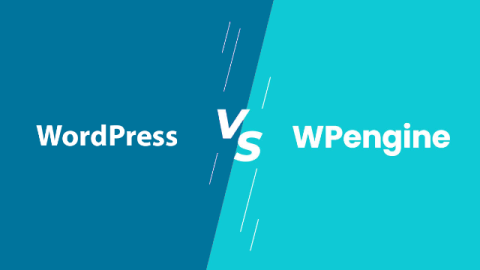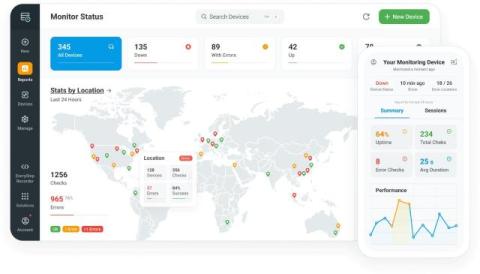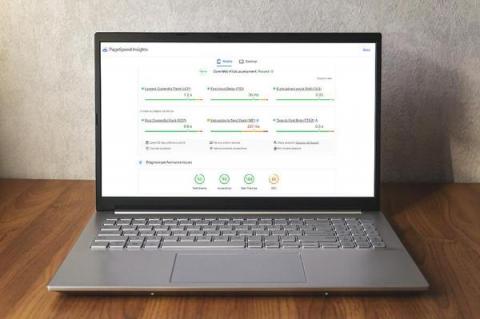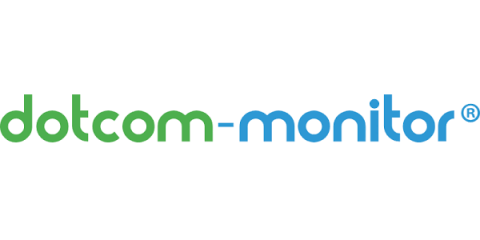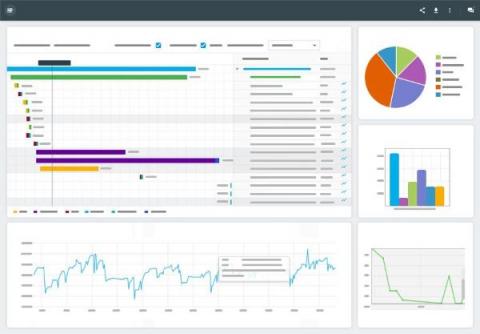WordPress vs. WP Engine: Protect Your Sites
Recently, a public dispute erupted between WordPress and WP Engine, one of the most popular managed WordPress hosting platforms. The disagreement centers around WP Engine’s use of the WordPress brand, licensing concerns, and differing views on managing the open-source platform. This fallout could impact WP Engine customers especially those who rely heavily on WordPress for their sites.


